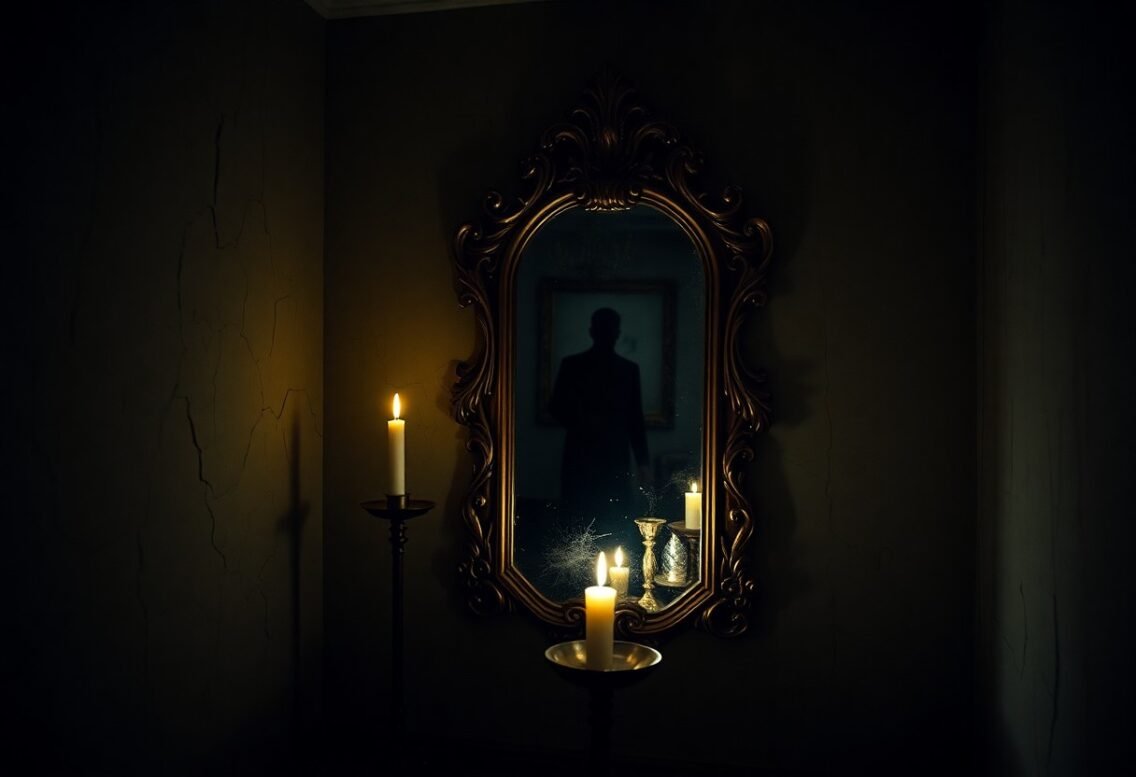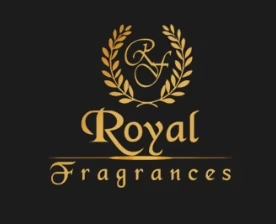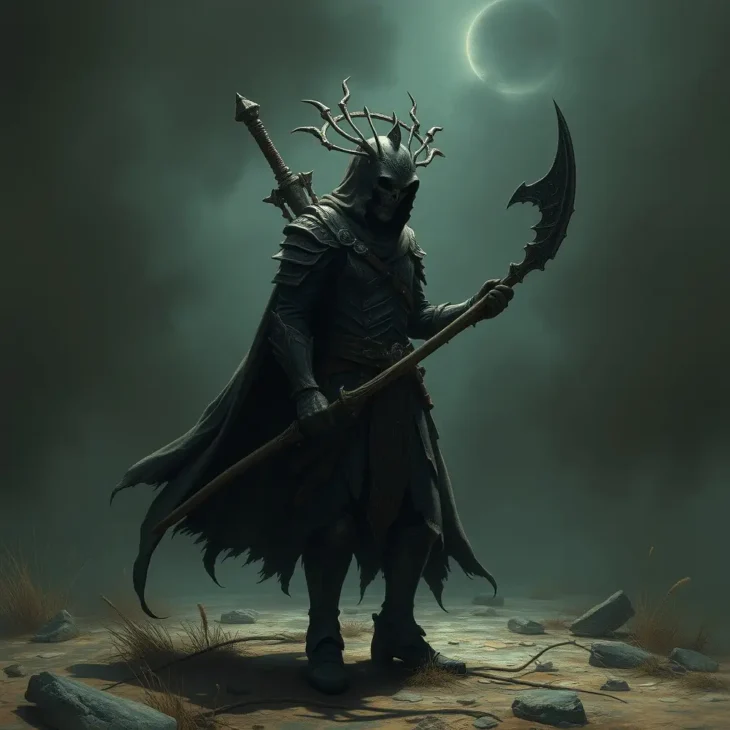Can The Allure Of The Macabre Unravel The Depths Of Our Fears?

Many people are fascinated by the macabre, and I get it—there’s something about submerging into the dark corners of our psyche that can be both frightening and liberating. I want to explore how this dark attraction can help us face our deepest fears. Are you curious about how embracing the eerie and unsettling could empower you to unravel your own anxieties? Together, let’s uncover the ways the sinister side of life can lead us to a greater understanding of ourselves and ultimately make us feel more alive!
Understanding the Macabre
To look into the world of the macabre is to explore the unsettling beauty found in darkness. It’s a realm that confronts our deepest fears and challenges our understanding of life and death. The macabre isn’t just about the grotesque; it’s about the stories woven into our experiences. By embracing this perspective, we uncover how these chilling elements can offer insight into our own psyches and fears.
Historical Significance
Before the modern era, cultures across the globe have expressed their fascination with death and the macabre through art, literature, and ritual. These expressions often served as a reflection of societal values and fears, shaping the collective psyche of civilizations. Whether it was the memento mori of the Renaissance or the eerie folklore of ancient societies, the macabre has always held a significant place in human history.
Cultural Perspectives
About different cultures, the macabre often serves as a mirror, reflecting societal fears and values. In various traditions, such as the Mexican Día de Muertos, it’s celebrated as a way to honor and connect with the dead, transforming fear into a vibrant expression of life. In contrast, many Western cultures tend to shy away from the subject of death, often shrouding it in discomfort and silence. This divergence illustrates how our cultural backgrounds shape our perceptions of fear and mortality.
Understanding cultural perspectives on the macabre gives you the chance to appreciate diverse interpretations and rituals surrounding death. I find it captivating how some societies embrace the dark with celebration and reverence, making it almost empowering. In contrast, others may view it as something to be feared and avoided, leading to a sense of isolation. When you explore these narratives, you gain insight into the human experience. It’s not just about the fear itself, but how many find strength through confronting it, ultimately transforming darkness into something illuminating and engaging.
The Psychology of Fear
If we want to understand the depths of fear, we must first explore its intricate psychology. Fear plays a significant role in our lives, acting as both a survival mechanism and a source of intrigue. By unraveling the psychological layers, we can confront our own vulnerabilities and appreciate the allure of the macabre in a different light.
Types of Fear
For a clearer understanding, let’s break down the types of fear that shape our experiences:
| Phobia | A specific anxiety toward certain objects or situations. |
| Existential Fear | Concerns about life’s purpose, meaning, and mortality. |
| Fear of Failure | The anxiety surrounding not meeting personal or societal expectations. |
| Social Fear | The apprehension related to social interactions and acceptance. |
| Fear of the Unknown | The anxiety stemming from uncertainty and unpredictability. |
Any of these fears can significantly impact your decisions and how you engage with the world.
Emotional Responses
Against this backdrop, emotional responses to fear can unveil your inner workings. How you react sets the stage for either resilience or paralysis when facing dark themes.
This emotional landscape can shift dramatically. When confronting fear, I notice that fear can trigger a fight-or-flight response, pushing you to either stand your ground or run away. It’s fascinating how emotions like anxiety or excitement can intertwine, especially in the context of the macabre. Engaging with horrifying themes can spur cathartic experiences, allowing you to face your fears head-on, ultimately leading to personal growth. Seek out those moments, embrace the uncomfortable, and watch how it transforms you!
The Allure of Darkness
Some people can’t resist the call of the dark side, gravitating toward tales and experiences that tap into our primal fears. The thrill of the macabre isn’t just about horror; it’s an exploration of what lies beneath the surface of our everyday lives. It’s in this shadowy realm that I find a raw honesty, as we confront the mysteries that linger in our minds, often more terrifying than reality itself.
Fascination with the Unknown
With every shadow that dances at the corner of my vision, I feel an irresistible urge to explore the unknown. There’s a magnetic pull when considering what we can’t fully comprehend. It’s this ambiguity that makes the journey thrilling; in fear lies not just danger, but the promise of discovery. The unknown holds the key to understanding the depths of our fears.
Art and Literature
Behind every haunting masterpiece and chilling novel is a captivating story that draws me in like a moth to a flame. Art and literature have a unique ability to mirror our fears while simultaneously confronting them, creating an emotional rollercoaster. They dig deep into the psyche, offering a safe space to explore themes of mortality, loss, and the darker sides of humanity.
To truly appreciate the power of art and literature in the macabre, one must dive headfirst into the narratives crafted by brilliant minds. Whether it’s the gut-wrenching prose that captures the essence of fear or the visual artistry that evokes visceral emotions, these forms of expression challenge our perception of reality. By connecting with the dark elements, you find an opportunity for self-reflection, gaining insight about your own fears and aspirations. So, the next time you indulge in a tale that gives you chills, embrace it wholeheartedly, and let it unravel your deepest anxieties. It’s far more than entertainment; it’s a journey into the very fabric of our being.
Embracing Fear Through Experience
After plunging into the essence of fear, I realized that we often need to face it head-on to truly understand ourselves. Embracing fear through experience is not just about putting yourself in scary situations—it’s about pushing your limits and discovering how resilience can grow when you confront the unknown. When you lean into your fears, you learn that they don’t have to paralyze you; instead, they can empower you if you let them.
Thrill-Seeking Behaviors
By engaging in thrill-seeking behaviors, you actively seek those adrenaline-charged moments that challenge your comfort zones. Whether it’s bungee jumping, haunted houses, or extreme sports, these activities serve not only as a rush but also as a powerful tool to confront and manage your fears. You’ll find that stepping outside your comfort zone can redefine your boundaries.
The Role of Horror Media
About horror media, it serves as a fascinating lens through which we can examine our fears safely. Movies, novels, and even video games let you experience fear in a controlled environment, creating a space where you can explore the darker aspects of life without real-world consequences. This engagement can lead to catharsis, allowing you to release pent-up emotions and anxieties.
Hence, horror media is not just for entertainment; it plays a significant role in understanding fear. It invites you to navigate through stories featuring monsters, psychological thriller twists, and unimaginable scenarios that provoke true emotion. The immersive experience of horror can foster a sense of community through shared experiences, sparking conversations about what scares us the most. Embracing these narratives can even build resilience, as you learn that facing the macabre can be not only thrilling but also immensely rewarding.
The Balance of Emotions
For many of us, grappling with the allure of the macabre can lead to an intricate dance between our deepest fears and the exhilaration that comes from facing them. It’s fascinating how these emotions pull at our hearts and minds, urging us to research deeper into what makes us tick. Our emotions can be a roller coaster, guiding us to new insights about ourselves while simultaneously revealing the shadows lurking within.
Fear vs. Enjoyment
On one hand, I find myself entangled in fear, while on the other, the thrill of enjoying horror drives me forward. It’s this push-and-pull that keeps life spicy and the heart racing. It’s wild to think that by confronting what scares us, I can also discover pleasure in it, transforming dread into a twisted form of joy.
Coping Mechanisms
Coping with fear is something we all navigate in our own way, finding comfort in entertainment that explores those dark corners. I often explore horror films or books, using their narratives to grapple with my emotions. It’s like giving myself permission to feel fear without direct consequences, allowing me to connect with my vulnerabilities in a controlled environment.
To truly harness this balance, I turn to engaging with the macabre as a fantastical escape from reality. By using horror as a lens, I can dissect my own anxieties, acknowledging them without feeling overwhelmed. This interaction is empowering; I get to explore the depths of my emotions while simultaneously building resilience. I use the fear I encounter to fuel my understanding of myself, constantly learning and evolving as I interact with these narratives that mirror my own struggles and triumphs.
The Impact on Society
All around us, the allure of the macabre shapes culture and influences our behaviors. Popular media, literature, and art often explore dark themes that resonate deeply with our collective psyche. This fascination not only reveals the hidden fears of society but also acts as a mirror reflecting the struggles we face. Ultimately, this engagement with the macabre allows us to confront uncomfortable truths and drives social conversations around fear and mortality.
Social Commentary
Around the world, narratives steeped in darkness often serve as social commentary, exposing societal flaws and injustices. Look at how horror films critique our reality or how gothic literature unearths hidden fears. These stories push us to analyze the *deeper issues at play*, *prompting dialogue about mental health, trauma, and resilience*. When we engage with these themes, we begin to process our own experiences and seek change.
Fostering Connections
Around every corner of this macabre fascination lies a chance to foster connections with others. As we exchange stories that make us shudder, we find common ground and share our vulnerabilities. It’s a powerful way to break down walls and build relationships. When you and I lean into the darkness, we create a safe space for dialogue that often leads to understanding and healing.
Even amidst the creepiest of tales, the connections we forge can be surprisingly uplifting. By sharing our *encounters with fear*, whether it’s through spooky stories or gruesome experiences, we’re not just talking at each other; we’re creating a genuine *bond*. It’s about finding that underlying humanity in darkness, and the best part? *You share your feelings*, and suddenly, you’re not alone. This vulnerability connects us all on a deeper level, making us rethink fear as a *unifying force* rather than a divisive one. Embrace the macabre—it might just lead to your next meaningful connection!
Final Words
With this in mind, I truly believe that the allure of the macabre isn’t just about embracing fear—it’s about understanding and confronting it. When we investigate the dark, we unearth the real emotions that lie beneath the surface. You see, by exploring what scares us, we can redefine our limits and emerge stronger. So let’s lean into it, rather than shy away. I challenge you to face your fears head-on; it’s the only way to grow and discover the powerful truth hiding in the shadows. Let’s embrace the darkness and find our light!





